
Stolen by Russia: artists you may have heard of but didn't know they were from Ukraine
The USSR finally ceased to exist in 1991, when it split into 15 independent countries, each with its own language, culture, and history. Russia is one of them, and it is only a part of the Soviet Union, which for years survived on the achievements of many nations. Nowadays, these talents are often labeled "Russian" and it takes a lot of effort to prove otherwise.
Last week, the entire Ukrainian cultural community was buzzing about the fact that the Russians had appropriated Parajanov. Long story short: A movie by Georgian-born Armenian Serhii Parajanov was screened at a festival of so-called Russian cinema in France. Moreover, the film was shot by Ukrainian cinematographer Ilienko in the Ukrainian Carpathians, tells the story of the Ukrainian Hutsul people, and is based on the iconic novel Shadows of Forgotten Ancestors by Mykhailo Kotsiubynskyi. Not surprisingly, he was also a Ukrainian.
The movie Soviet is a fact. But Soviet does not equal Russian. Just like in the Russian Empire, not everything was Russian. Otherwise, why would we call everything Indian from colonial times British? According to this logic, shouldn't the art created in Poland, the Czech Republic, or Romania in the second half of the 19th century be called... Austro-Hungarian?
It seems that in 30 years, the cultural world has finally opened its eyes to Russia (which steals everything from artifacts to toilets in the Kyiv region) only after the full-scale Russian invasion of Ukraine.
London's National Gallery changed the title of French impressionist painter Edgar Degas's work from Russian Dancers to Ukrainian Dancers two months after Russia's major invasion. Later, there was news of several other institutions that seemed to catch the wave. However, behind almost every step towards Ukraine by galleries or museums is not so much a sense of justice as persistent work by Ukrainians.
Illia Repin: Artist of the state that no longer exists
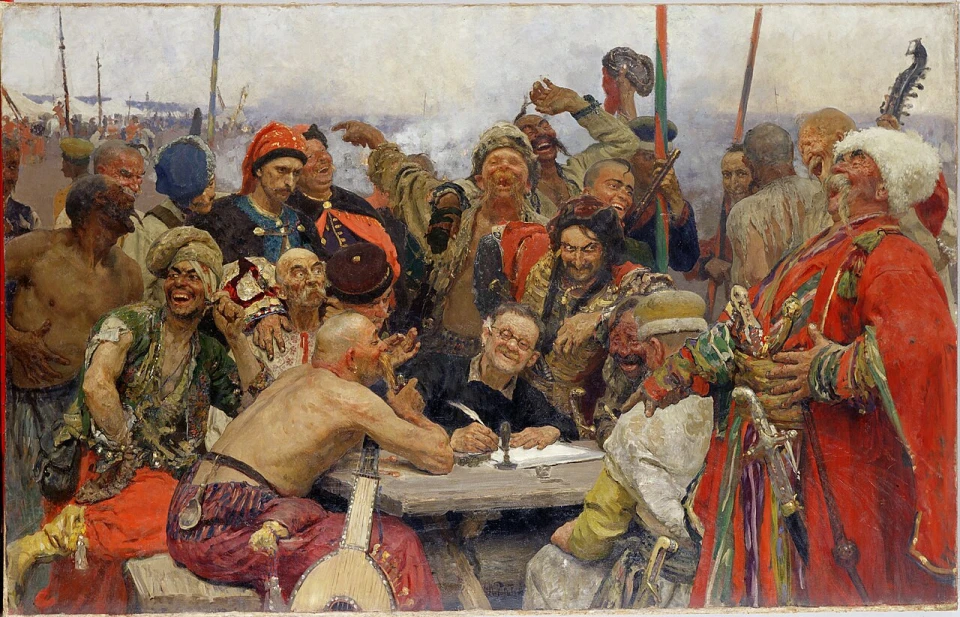
Reply of the Zaporozhian Cossacks by Illia Repin / wikipedia
The creator of Reply of the Zaporizhzhia Cossacks himself came from the Cossack family of Ripa (turnip in Ukrainian) and was born in Slobozhanshchyna, today's Kharkiv region. So now the Metropolitan Museum of Modern Art in New York, instead of "Russian artist," lists the more correct (and politically correct) "Ukrainian, born Russian Empire."
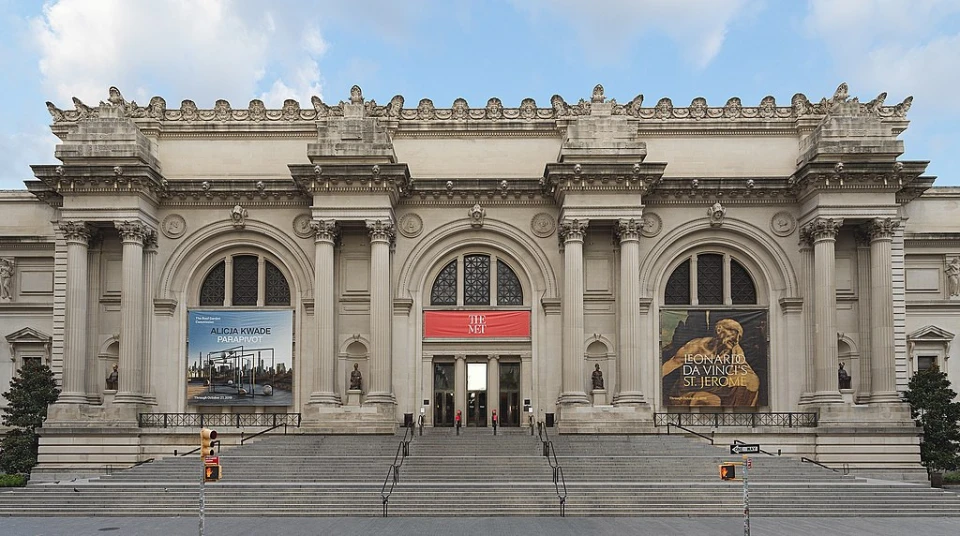
The Metropolitan Museum of Art, New York / photo: wikipedia
Interestingly, the website also lists the Ukrainian version of the artist's name. It is not the more commonly used Ilya Repin, but a more pleasant variant for the Ukrainian eye - Illia, and the description also states that he "was born in the rural Ukrainian town of Chuhuiv (Chuguev) when it was part of the Russian Empire."
That is, not Russia, but the Russian Empire, a country that ceased to exist in 1917.
In January, Illia Repin also became a Ukrainian, at least for visitors to Finland's largest art museum, the Ateneum.
According to Ukrainska Pravda, back in 2021, Anna Lodyhina, a Ukrainian journalist, was one of those who persuaded the museum to change the information about the artist's origin. She was preparing an article about the artist and asked for more information about his life in Finland. The curator sent her a piece stating that Riepin's parents were Russians and were born in the Moscow Oblast. In response, Lodyhina asked Olha Shevchenko, the deputy director at the Riepin Museum in Chuhuiv, to send copies of the artist's family's metric books as proof that his roots were Ukrainian.
For certain, it is not known whether the documents from Chuhuiv helped, but the Finns did change the artist's origin.
Stolen Ukrainian avant-garde: Kazimir Malevich, Oleksandra Exter, David Burliuk
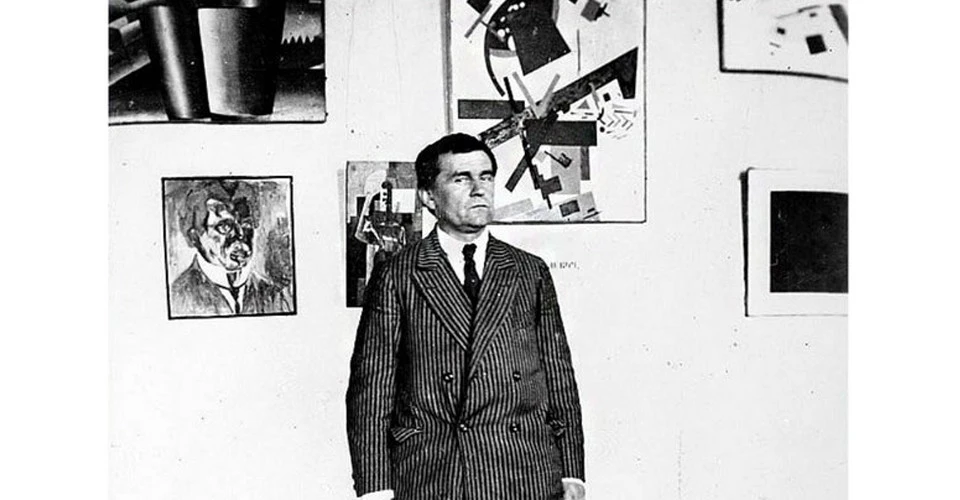
Kazimir Malevich / photo from open sources
The Metropolitan, by the way, did not only de-Russify Repin, a native of Kharkiv region. In one of the most famous galleries, the iconic avant-garde artist Kazimir Malevich also was recognized as a Ukrainian. Furthermore, in March 2023, the Stedelijk Museum in Amsterdam (the Netherlands), which has one of the most complete collections of Malevich's works, changed the captions in the information about the abstract artist.
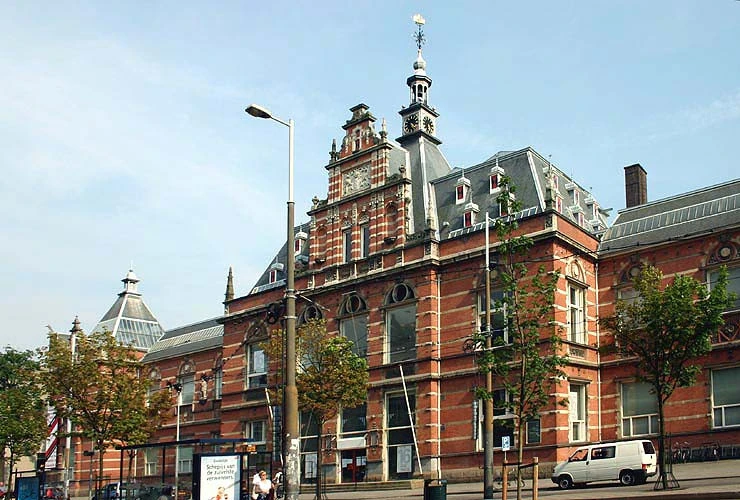
Stedelijk Museum, Amsterdam / wikipedia
The future genius' was born in a Polish family in Kyiv, his father served as a manager at a sugar factory, so Kazimir spent his childhood in Ukrainian villages.
"At the end of his life, he wrote in his autobiography that he admired the life of peasants, that he liked their life, their houses, their clothes, their food, their art, and in general, Ukrainian peasant women were the first who taught him art," says Tetyana Filevska, a researcher of the Ukrainian avant-garde, in the program Vlasni Nazvy with Myroslava Barchuk on Espreso.
Malevich also significantly influenced Ukrainian art. He was active in the creative community of Kyiv, taught at the Art Institute, and even built his own pedagogical system in painting.
The artist often positioned himself as a Ukrainian.
Not exclusively because it was politically dangerous to recognize oneself as a Pole. In the 1920s, he was not favorable to the Soviet regime, as were most representatives of avant-garde art.
However, this did not prevent the recognized founder of Suprematism from labeling him a Soviet and later a Russian artist.
“The whole Russian avant-garde is a huge sham because the avant-garde is of Ukrainian origin,” says Larysa Zharkykh, head of the information department of the Kherson Art Museum.
She says that David Burliuk, who is called the father of Russian futurism, did not consider himself a Russian at all. Moreover, Soviet Russia forced him to leave the country. Eventually, the same as Malevich's friend Oleksandra Exter.
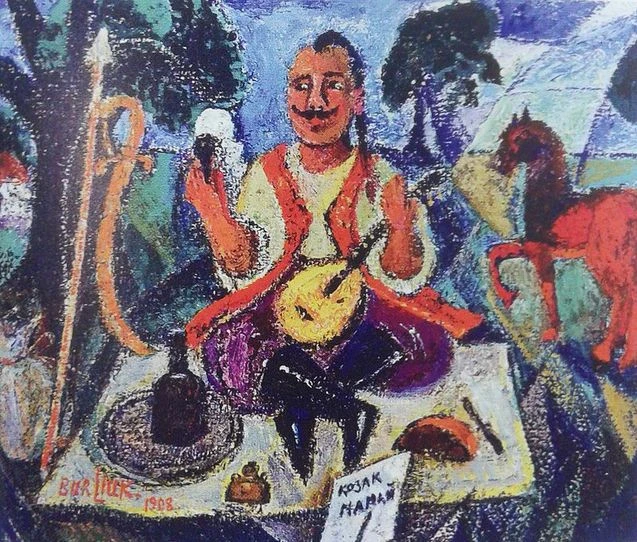
Cossack Mamay by David Burlyuk / photo: uamodna.com
She was born in 1882 in Białystok, Poland. However, Oleksandra moved to Kyiv as a toddler and lived in this city for over 30 years, where she studied and taught art, and organized exhibitions. Undoubtedly, Ukraine has influenced her work. Known for combining European culture and Ukrainian folk art, the avant-garde artist spent time on ethnographic expeditions and studied Ukrainian traditional art including embroidery, textiles, and carpets.
Her Kyiv apartment and studio were a gathering place for other artists and intellectuals.
"The 30 years of Oleksandra Exter's life in Kyiv will later be called simply the "Kyiv period" by Russian art historians. Because after the forced three years of living in Moscow, she will be labeled a Russian artist," writes art researcher and author of the Ukrainian Art History blog Oksana Semenik.
Researchers increasingly emphasize the non-Russian origin of the artists. However, galleries and museums seem to be in no hurry to update the information. According to Google Maps, it takes only 35 minutes to walk from the Metropolitan to the Museum of Modern Art. Yet MoMa does not rush to follow the example of its neighbor. Malevich is still a Russian there. Similarly, Exter. However, it should be noted that Burliuk is considered a "Ukrainian" there.
However, the situation goes far beyond the avant-garde. According to Semenik, the picture is similar in many museums around the world. When she was a curatorial assistant at the Zimmerli Art Museum, which has the largest collection of Soviet nonconformist art in the US, she analyzed the museum's archive and found that out of 900 artists labeled as "Russian," 71 were from Ukraine, and another 80 were Belarusians, Latvians, Lithuanians, etc. There are about 40 such artists in the Smithsonian, 40 in MoMA, and 20 in the Philadelphia Museum.
Ivan Aivazovsky, Sonia Delaunay, Israel Litwak: Why Odesa is Russia and whose Crimea is?
Oksana Semenik also communicates with Museums about the name change.
"There are paintings in the Smithsonian that have Kyiv, Kharkiv, Odesa after the names, with a comma indicating that it is Russia. And the only thing they agree to change is to add that it was Russia at the time," she told the BBC.
For example in one of her recent posts for Ukrainian Art History, Semenik refers to the National Museum of Women in the Arts, highlighting that their website's information about Sonia Delaunay states that the artist spent her childhood in Russia. In fact, she was born in Poltava region in northeastern Ukraine and lived in Odesa.
The Brooklyn Museum website states that Israel Litwak, an American artist of Jewish descent is “a native of Odessa, Russia, where he was born in 1867".
Indeed, what does it matter? Yesterday Russia, and today Ukraine… like Crimea is not “just a sandwich with some sausage you can give and take back”, like said one politician who was recently killed by Russia.
Speaking of Crimea. Ivan Aivazovsky, also known as Armenian Hovhannes Aivazian, is perhaps one of the most famous artists who once lived and worked on the peninsula. The fact that it is Ukraine was already mentioned on the MET's site.
By the way, the artist himself is no stranger to Ukraine.
"As it turned out, he knew Ukrainian, he sang Ukrainian songs, he had many paintings dedicated to Ukraine," says Larysa Zharkykh from the Kherson Art Museum.
Speaking of the museum, during the occupation, the Russians stole over 10,000 artworks out of the 14,000 kept in the collection.
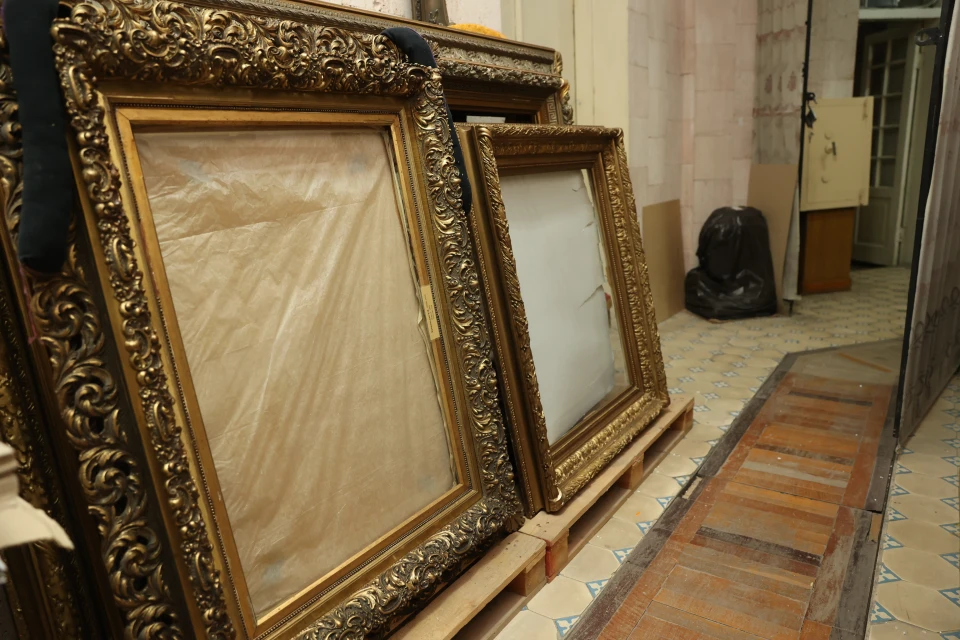
Paintings cut out of frames / photo: Kherson Regional Art Museum named after Oleksii Shovkunenko
"They tried to take away everything that has cultural and financial value, so Aivazovsky is certainly at the top," says Zharkykh, "In addition to the so-called Russian classics, many Ukrainian authors were taken away.
It remains to be seen whether they will be hidden from public view in private collections or whether the collection of "Russian artists" will be updated with new names.
"This looting is definitely an attempt on the life of Ukrainian cultural heritage," emphasizes the museum spokesperson.
Steal or destroy is the main principle of the Russians. They are trying to destroy everything that resists. As for museums, let's mention just a few blatant cases: At the beginning of the Russian invasion, the enemy army destroyed the Maria Pryimachenko Museum in the Kyiv region. The masterpieces of the Ukrainian artist were miraculously saved.
The unique Polina Raiko Museum was destroyed as a result of the Kakhovka Dam explosion.
In Mariupol, Russians destroyed a museum dedicated to Arkhip Kuindzhi. However, Russians consider this Greek born in the Donetsk region to be one of their own. Therefore, some of his works were allegedly taken to occupied Donetsk.
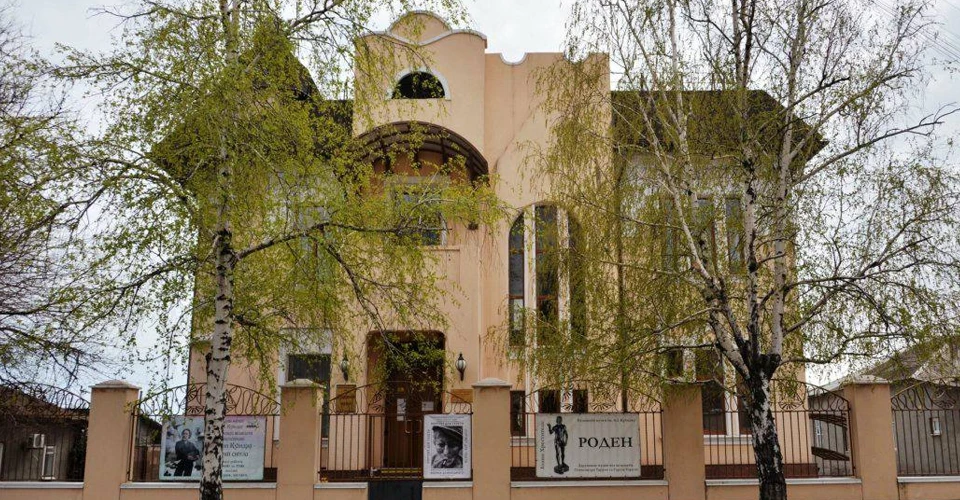
Arkhip Kuindzhi Museum in Mariupol
Moreover, over 1,700 cultural infrastructure facilities and over 870 cultural heritage sites have been damaged or destroyed due to Russian bombardments and missile attacks.
- News














































